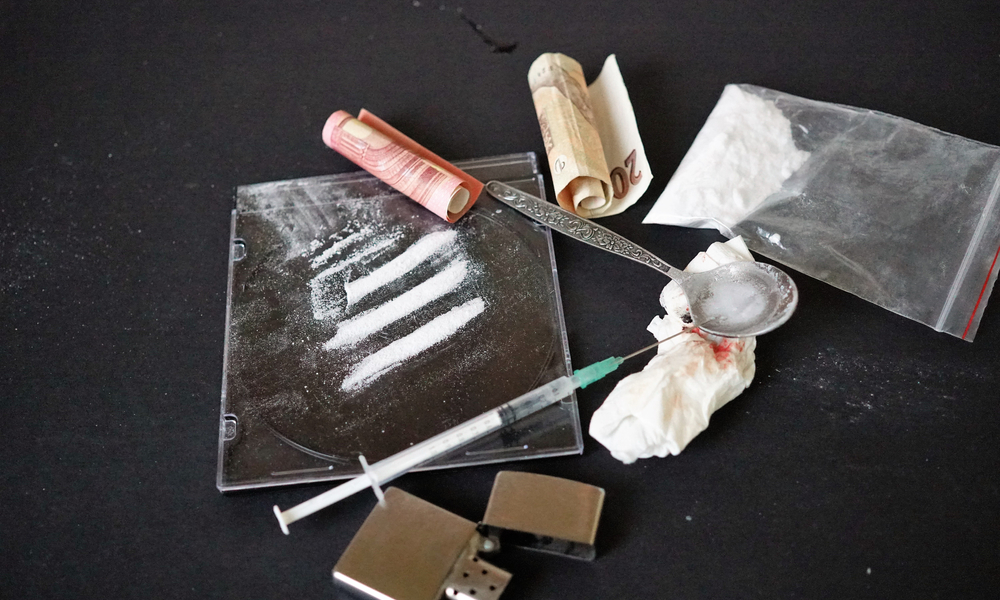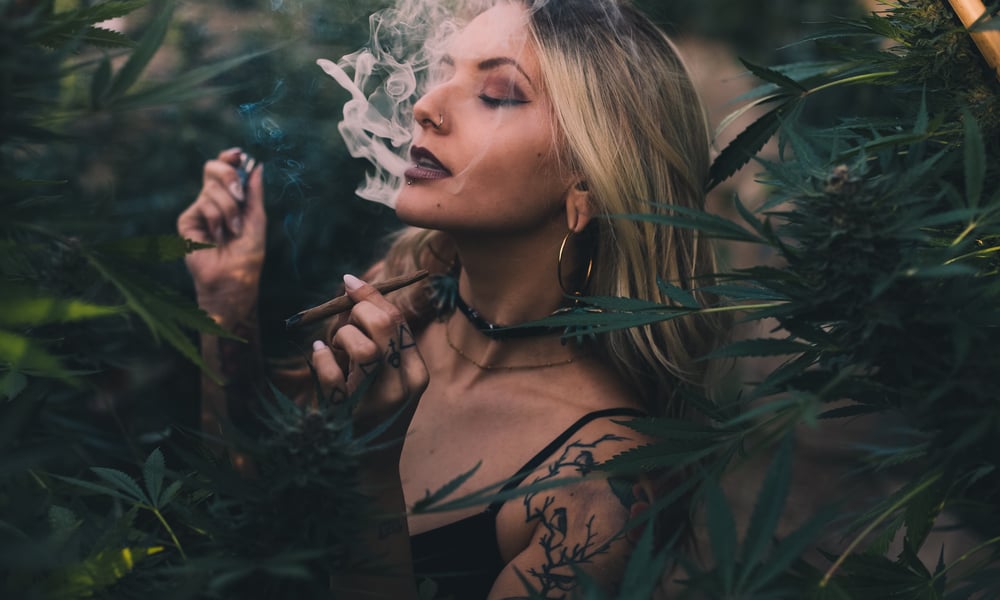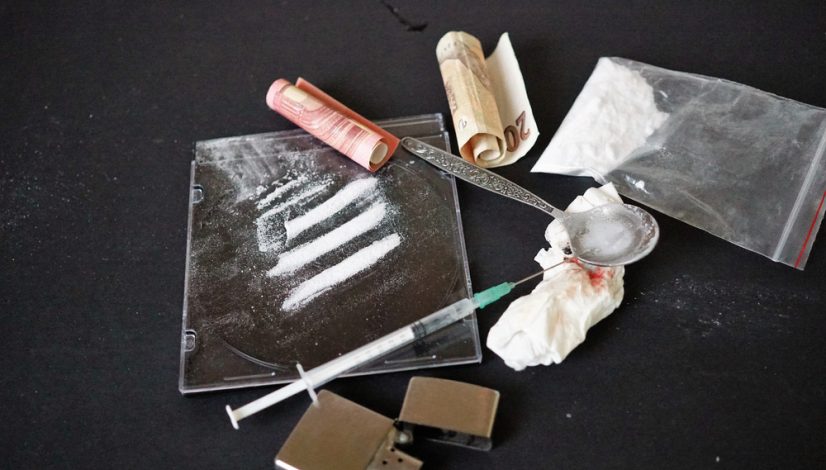America Has Legalized Bad Drugs & Outlawed Good Drugs
The post America Has Legalized Bad Drugs & Outlawed Good Drugs appeared first on High Times.
Through its drug policy, America has legalized bad drugs and outlawed the good ones. To call the sea of change on cannabis policy underway in America “marijuana legalization” sounds nice. “Legalize it” is certainly catchy and easy to digest. But it would be wrong.
Relegalize It
Cannabis was legal in America for a long time, longer than it’s been banned. It was an official medicine until 1942. The herb stayed in a sort of semi-legal gray area until the Controlled Substances Act in the Nixon years.
Really, what’s afoot is marijuana “re-legalization.”
“Relegalize it” doesn’t quite slip off the tongue as easily. But it’s great to remind the few hardliners out there that all that’s happening is making marijuana legal again.
If it is successful, and Congress finally removes marijuana from Schedule I of the CSA—a classification that Nixon and his contemporaries knew was utterly baseless as soon as it was done—it would be a great victory, but it would also be just one step toward a general and necessary course correction.
As neuroscientist Loren DeVito points out in Scientific American, American drug policy has done more than enrich criminals and impoverish working Americans. It’s directly led to tens of thousands of deaths and countless more ruined lives.
For, you see, America has legalized bad drugs and outlawed the good ones.
America Has Legalized Bad Drugs

The irony of drug overdoses being the leading cause of accidental death in America, after four decades of a War on Drugs, is a good illumination of this mindless and foolish policy—and what a murderous failure it’s proved to be.
Look. Heroin has been a fact of life across America for decades, but it was only after pharmaceutical companies flooded low-income communities with unnecessary prescription pain pills that opiate-related overdoses became a cause of national concern. Heroin, remember, is a Schedule I narcotic, while oxycodone and fentanyl, the latter of which is deadlier and both of which kill far more people than other drugs, are Schedule II.
This ghastly body count, the nightmare decimating Appalachia that had a hand in electing Donald Trump president, is the doing of legal drugs.
What other unintended and deleterious consequences has American drug policy had, aside from overcrowded prisons, the theft of wealth and economic power, and the rise of authoritarianism and a heavily militarized police state doing its bidding, behaving like a hostile occupying force in the process?
Sicker people who can’t get the helpful drugs they need, for one. More than 2.7 million military personnel saw service in combat zones in Afghanistan and Iraq since Sept. 11, 2001. Half of them had two deployments. As many as 20 percent of vets suffer from post-traumatic stress disorder (PTSD). Another quarter-million or so have a traumatic brain injury (TBI). You could call this a public-health disaster… because it is.
The Prohibition Of Good Drugs

Luckily, in our pharmacopeia, we have an effective treatment for PTSD. Indeed, a breakthrough treatment—it just happens to have been illegal for 31 years. As with cannabis, MDMA was an accepted therapeutic drug for years. And also like cannabis, authorities cast it into the pit and into the hands of criminals.
This was due to the DEA taking issue with kids using it to party.
In the Scientific American report, DeVito argues that all “bioactive substances” should be labeled drugs. Caffeine and heroin. Diet pills and ayahuasca. All similar, different only in degrees and in the areas of the brain and body affected, and how.
This will be a difficult lift, as generations now of Americans have been conditioned, programmed to see a person slumped in a doorway, nodding off after a heroin hit, as a user and a loser and a problem—whereas the white-collar worker stepping over him, blissfully unaware of life’s problems in the haze of a Xanax high, is doing right.
The false dichotomy has led to “incredible confusion” on concepts as simple as medical cannabis.
Policymakers and public health officials in several states are grappling with a trend of young people who see marijuana as harmless. Though cannabis is relatively benign—it has killed nobody, unlike, friendly over-the-counter friends like Tylenol—it’s not harmless.
Final Hit: America Has Legalized Bad Drugs & Outlawed Good Drugs
Yet years of clear misinformation, followed by legalization, has led to this understandable blowback. You can only be lied to for so long until everything you say is questioned.
“Until there is both political and cultural alignment on how we approach the education of bioactive substances—what they are, what they do, and their benefits and risks—we will remain a confused and frustrated society, grasping at bits of information, or misinformation, from reliable or unreliable sources,” said DeVito, who hopes for a significant shift from a hyped-up War on Drugs to a fact-based reassessment within the next decade.
That would require strong, clear-headed leadership from public officials willing to challenge generations of misinformation. And the hysteria and nonsense that have gained new currency under Donald Trump. This is more evidence that the timeline we’re on is some sort of warped dystopia, but this is the world we’ve inherited: Killer drugs are available over-the-counter, and life-saving balms are punishable by prison terms.
The post America Has Legalized Bad Drugs & Outlawed Good Drugs appeared first on High Times.


